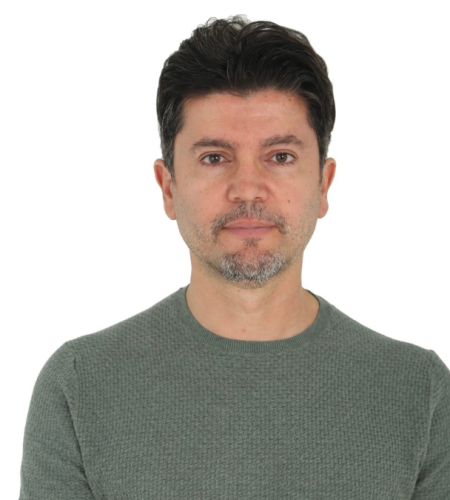Tarek Saadi, former head of Ericsson GCC, recognizes all too well the potential of 5G to fuel a new wave of ‘smarter’ robotics. This article will look at 5G and how it is driving game-changing advancements in various industries, particularly robotics.
As far back as the Renaissance, Leonardo da Vinci was experimenting with robotics. The artist, engineer, theorist and inventor designed a mechanical lion to impress the King of France, creating an innovation light-years ahead of its time. Da Vinci’s considerable investment of time and effort paid off, with his creation proving to be a roaring success. Today, the sparks of discovery are flying again as we enter a new robotic renaissance.
Da Vinci put Tuscany on the map in terms of robotics. The region has once come to the fore in the world of robotics today. Having entered into a partnership with Ericsson, Zucchetti Centro Sistemi and The BioRobotics Institute are leading the way.
Established in 1985, Zucchetti Centro Sistemi was a software house prior to switching its focus to robotics and industrial automation in the 2000s. The BioRobotics Institute is a research center investigating the various applications of robotics and bioengineering.
Fabrizio Bernini serves as CEO of Zucchetti Centro Sistemi. In an interview with Executive Bulletin, he recently pointed out that Italy is a country that welcomes new technologies. Although robotics is still in its relative infancy, Bernini highlights its important value in society, a factor Italians are already beginning to appreciate.
Drawing on Ericsson’s extensive expertise in communications and cloud knowledge and the in-depth understanding of robotic systems amassed by The BioRobotics Institute and Zucchetti Centro Sistemi, the collaboration between the three organizations is facilitating development of robotic systems capable of being operated from anywhere, navigating independently. These ‘smarter’ robots would be capable of interacting with their environments in a humanlike manner, identifying obstacles and strategising how to avoid them in real time. To facilitate this, the controlling functionality of robots must be stored on the cloud, utilizing its massive computational power. This requires development of complex system architecture to enable the robots to ‘talk’ to the cloud via Ericsson’s network infrastructure.
Tarek Saadi highlighted the integral role of 5G in the project, enabling robots to interact with their environment in real time by transferring huge amounts of information instantaneously. With higher bandwidth and lower latency than other types of wireless connectivity, 5G is the optimal choice.
5G is transforming multiple industries today, including everything from healthcare to online gaming to traffic management. 5G technologies have paved the way for a smarter, safer, more sustainable future, bringing new capabilities that enable people, businesses and society as a whole to thrive.

